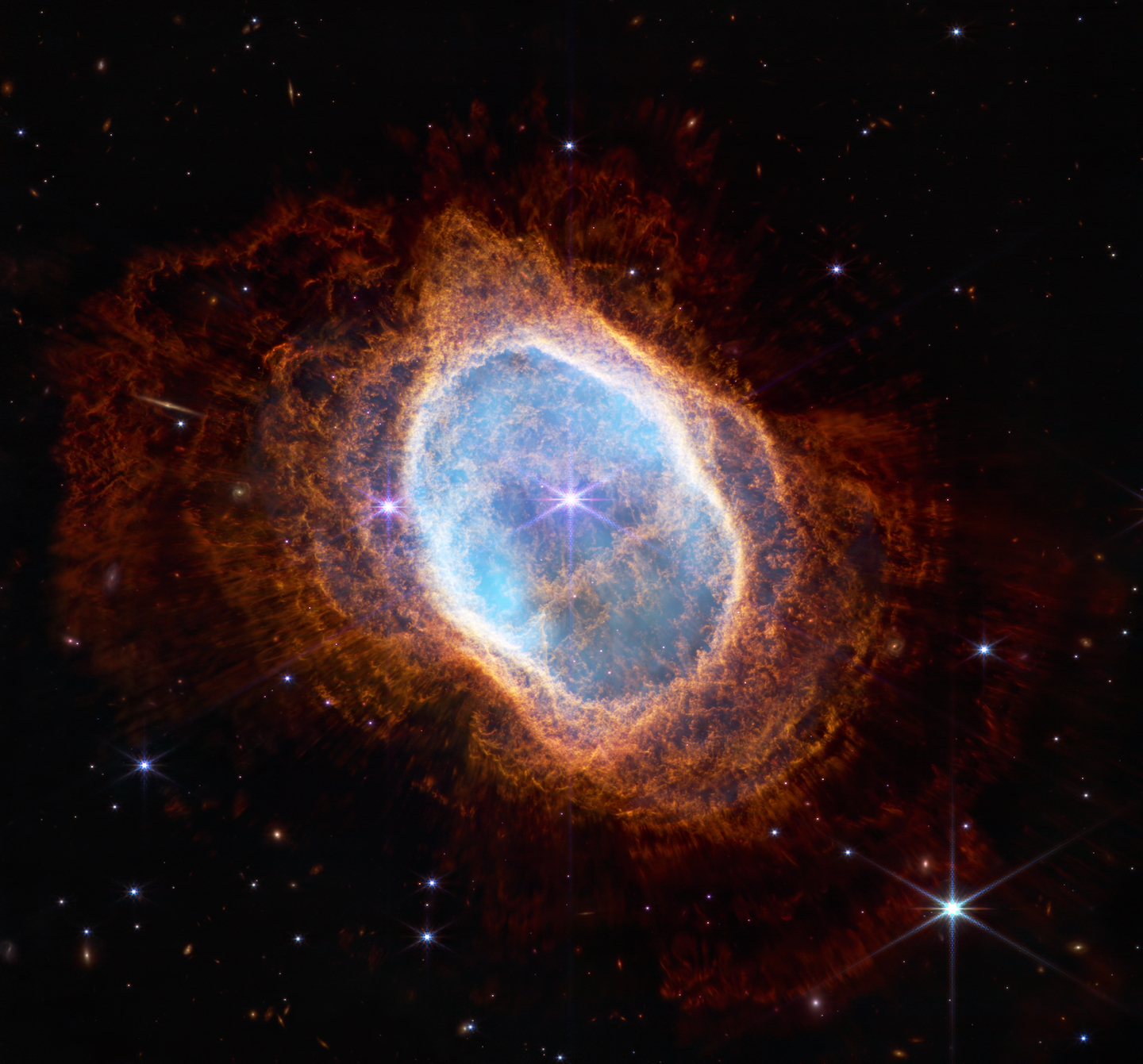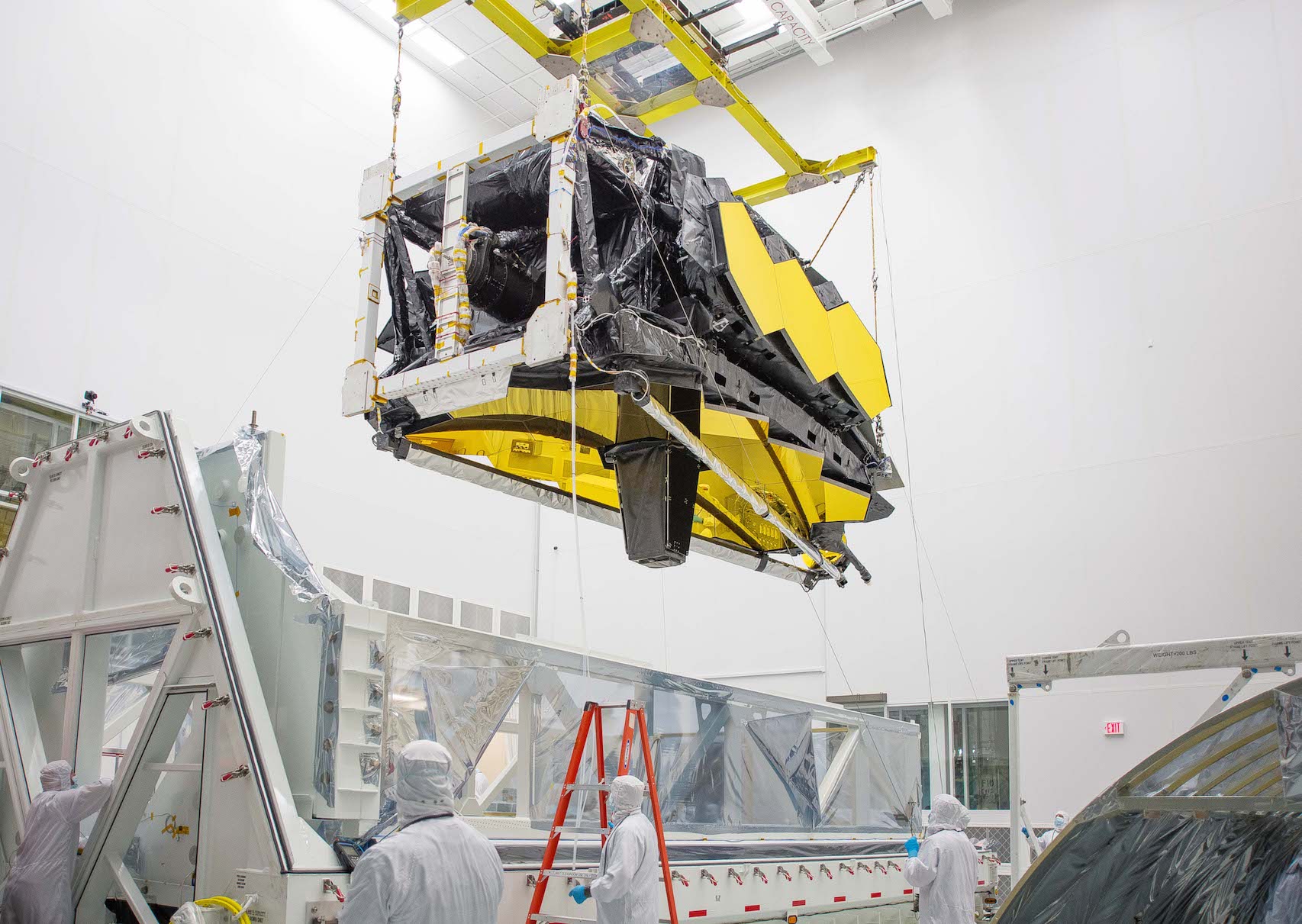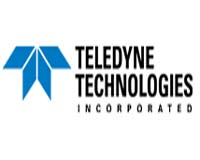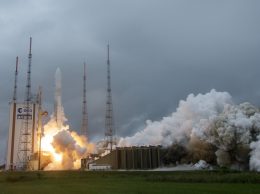Webb’s images of deep space and deep past wouldn’t be possible without region’s companies
IN THIS ARTICLE
- Latest news Topic
- Julia Staley Author
By Julia Staley Thursday, July 21st, 2022

The James Webb Space Telescope, which is allowing us to peer billions of years into the past, was built and launched with the help of 14 countries, a $10 billion NASA fund, and more than 300 agencies, universities and companies — including a handful in the tri-county region.
NASA’s first batch of images from the telescope, including the already iconic one that captured thousands of galaxies in our best view yet of the early universe, were taken with imaging components from Teledyne Technologies, the Thousand Oaks-based technology and defense conglomerate.
Teledyne’s work on Webb started in 2000, when NASA funded the company’s initial technology development for the telescope. Teledyne officially won contracts in 2003 to supply technology for Webb and eventually produced image sensors, or infrared detectors, and electronics for three of Webb’s four instruments.
Teledyne’s H2RG detectors operate like a camera, but receive both visible and infrared light. From 2010 to 2012, Teledyne sent NASA about 50 of its infrared detectors, and NASA chose 15 for the telescope. There are three detectors on Webb’s fine guidance sensor, two on the near-infrared spectrograph and 10 on the near-infrared camera.
Teledyne’s technology also translates the telescope’s raw infrared images into a digital code visible to the human eye after color filters and image layering.
The images NASA released on July 12 came from Teledyne’s equipment, said James Beletic, president of Teledyne Imaging Sensors.
“I think we make the most critical technology because we’re the eyes of the observatory,” Beletic said.
Teledyne’s infrared technology also allows Webb to analyze data with spectroscopy, a scientific method of studying objects based on color. According to Beletic, most of Webb’s observation time will be used for spectroscopy, since scientists use it to determine the composition, temperature, density and velocity of objects in space.
Teledyne’s infrared detectors helped scientists use spectroscopy to analyze the exoplanet in one of NASA’s released images, helping them discover water in the planet’s atmosphere, Beletic said.
Around 150 Teledyne employees worked on Webb-related projects for 20 years. During that time, Teledyne has doubled in size.
“We got selected for James Webb Telescope because we make the best infrared detectors in the world,” Beletic said. “I’m not just bragging about that. That’s what our customers come in and tell us. Because of that, if there’s an earth science mission or an astronomy mission, we’re usually selected for those.”
Next Intent, a manufacturing company based in San Luis Obispo, built parts for Webb from 2000 to 2002. It worked with Ball Aerospace and what was formerly Orbital ATK, purchased by Northrop Grumman in 2018, both of which were subcontractors to NASA for Webb.
Next Intent manufactured 150 test bed actuator assemblies for a one-sixth scale model of Webb. The actuators fit on the back of Webb’s 18 beryllium mirrors, shaping their curvature to capture images with an accuracy measured in nanometers. (For reference, 10 million nanometers equals one centimeter.)
After the success of the telescope’s preliminary model, Next Intent built 150 to-scale actuator assemblies, each made of 20 to 25 parts, with 150 mounting brackets that hold each actuator on the mirrors. About a dozen Next Intent employees worked on the telescope, said Rodney Babcock, who has been president of the company since 1996.
Next Intent bought gears from a New York gear master, imported high-end Japanese machine tools from OKK Corporation, and invested in wire EDM, or electrical discharge machining. It took nine months for their EDM machines to qualify for NASA’s standards.
“That was an investment that we took on on our own, because we felt like it would give us a strategic advantage if we could pull that off. Which it did, because we were the only qualified supplier to build the parts that required an EDM to manufacture,” Babcock said.
Those parts included five flexures for the mirrors, designed to bend in a certain direction, absorb vibrations and mitigate them throughout the telescope. Next Intent also shipped in around eight super-precision gears from a master gear maker in New York. More than 300 of Next Intent’s parts are on Webb.
“And then you have to wait 20 years for the project to be deployed, and then you’re crossing your fingers the whole time when it’s being launched,” Babcock said. “It’s incredibly challenging and incredibly rewarding at the same time.”
The Moorpark manufacturing and engineering operations facility for Ensign-Bickford Aerospace & Defense worked on Webb for more than 12 years. EBAD manufactured 178 hold-down-release mechanisms, which stowed the telescope’s parts during launch.
Designed to be low-energy, the devices had lower odds of damaging the telescope after launching and deploying its different appendages, most significantly its sunshield. Of EBAD’s 178 parts on the telescope, 107 kept the sun shield closed during launch, according to Geoffrey Kaczynski, EBAD’s director of programs at EBAD.
Ensign-Bickford contracted directly with Northrop Grumman for the project, starting in 2009. More than 200 employees worked on the parts for Webb, which were sent to Northrop Grumman’s Redondo Beach campus for testing.
The parts EBAD contributed to the telescope had to work at temperatures ranging from 447 degrees below zero to over 500 degrees Fahrenheit, Kaczynski said.
“It was a once-in-a-career opportunity to work on a mission like this,” he said. “It launched on Christmas Day and everyone here was texting each other not about presents, but about the release of our mechanisms.”
The most rewarding thing about the work, Beletic said, is how it’s connecting with people all over the world who don’t normally follow the latest developments in space research
“We’re real proud of the role we played, but it’s a small role in the whole thing, and we’re all proud we can help that kind of develop of that kind of science and knowledge,” he said.












